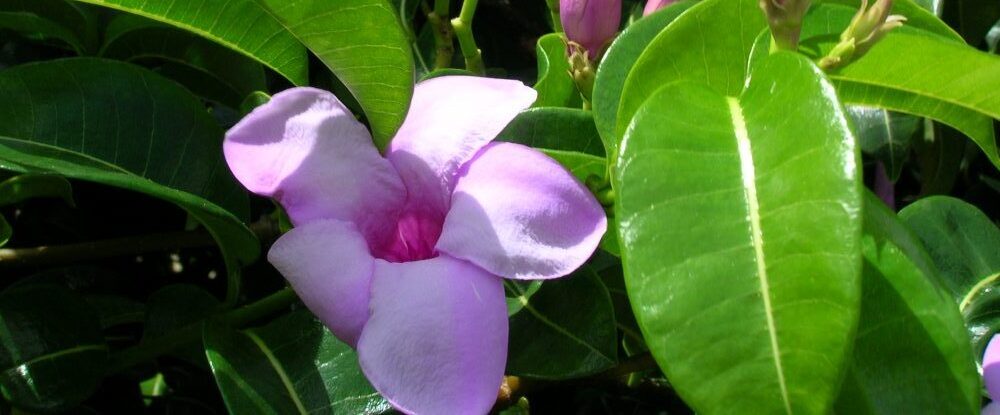
Rubber vine
Cryptostegia spp.
Report if seen anywhere on Maui
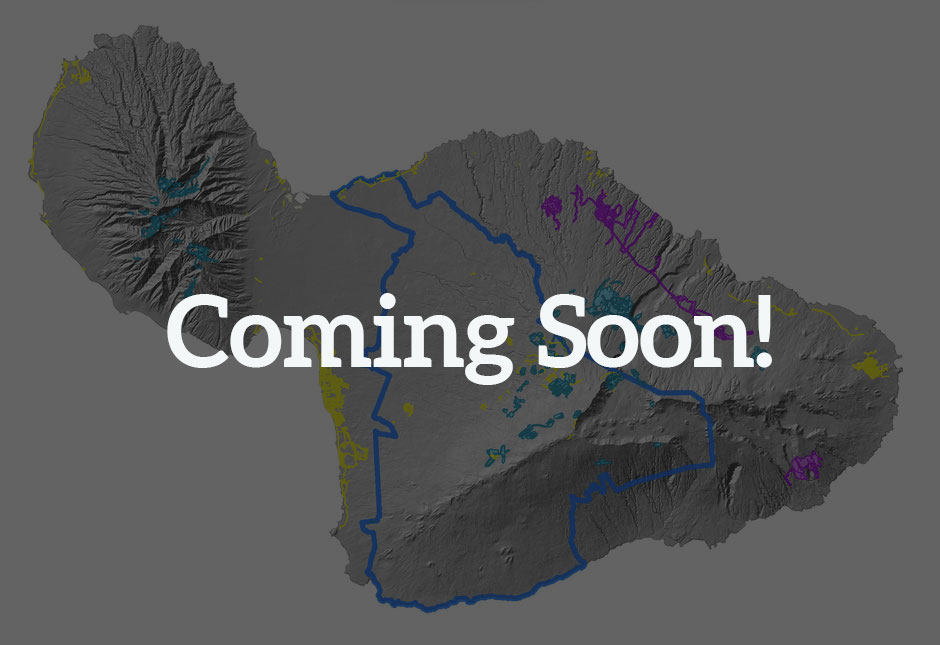
Known from and potential habitat
Species Info General
Family: Apocynaceae
The Division of Forestry and Wildlife of the Hawaii Department of Land and Natural Resources has designated this species as one of Hawaii’s Most Invasive Horticultural Plants.
A woody vine-like plant, it aggressively smothers everything in its path, creating impenetrable thickets.
Endemic plant to Madagascar, rubber vine was brought into cultivation in the early 1900s for industrial uses. It was thought that rubber could be made from the sap it exudes, hence the common name. Nowadays, it is cultivated for its ornamental purple flowers.
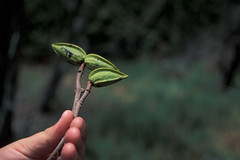


Identification/Description
- Woody shrubs 6-9 ft tall if self-supported, but vines can be up to 100 ft long if supported by other plants
- Shiny, dark green leaves 3 in long with a prominent white midvein
- Flower petals join in a funnel at the base and are white, pink, or purple; triangular seedpods (4 – 6 in long) grow in wing-like pairs
- Occasionally found in landscaped areas on Kaua’i, O’ahu, and Big Island, Maui and Moloka’i
- Each seedpod contains 380-840 seeds, silky hairs on the seeds allow them to spread by wind and water; seeds are also known to float and survive for a month in salt water and still be viable
Impacts
- Grows over other plants and trees to 13 m (45 ft) high, smothering and killing other vegetation.
- Twines tightly around other plants and restricts their growth.
- Extremely poisonous: it contains cardiac glycosides, which interfere with heart operation in humans and animals when the plant is eaten.
- When the vine is dry, a powdery dust emerges and can cause violent coughing, swelling of the nose, and blistering of the eyelids.
- Contact with the plant’s milky sap can cause burning rashes and blisters.
- Each seedpod contains 340-840 seeds, silky hairs on seeds allow them to spread by wind and water, seeds are also known to float and survive for a month in salt water before being washed ashore to sprout.
- It is considered a weed of National Significance in Australia where the invasion costs the cattle industry 18 million a year, not including extra costs for fencing.


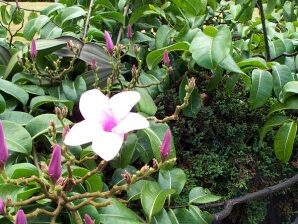
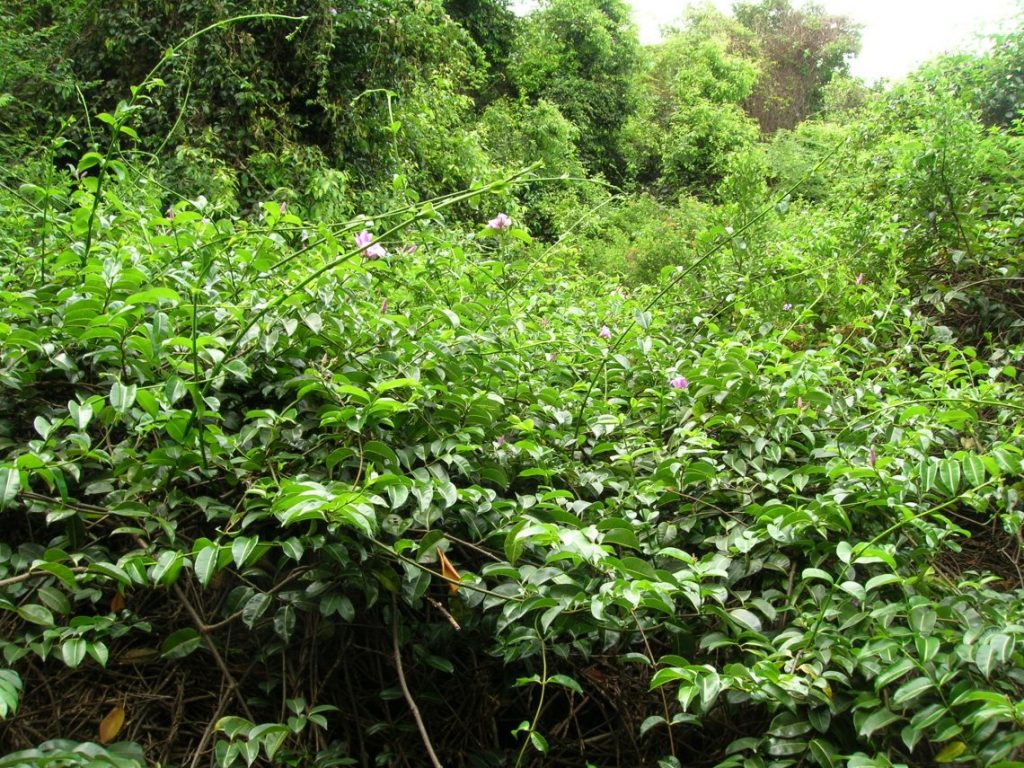
On Maui
There are a few sites on Maui that are being controlled by MISC. Unfortunately, rubber vine is widely available to the public through internet seed companies, few of which describe the plant’s invasive qualities so please report any plants found.
Control info/Info on what MISC does about it
- Coming Soon!
Resources/References
- Cryptostegia madagascariensis Datasheet from CABI
- Cryptostegia grandiflora Datasheet from CABI
- Rubber vine information from Plant Pono
